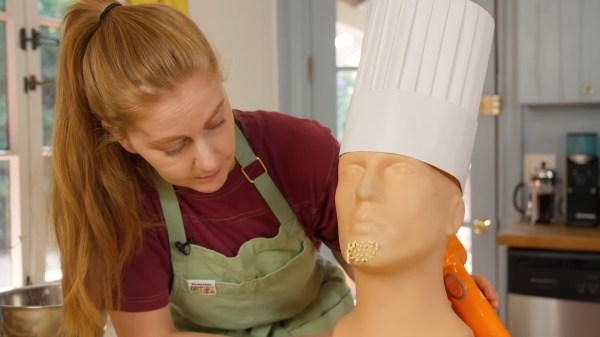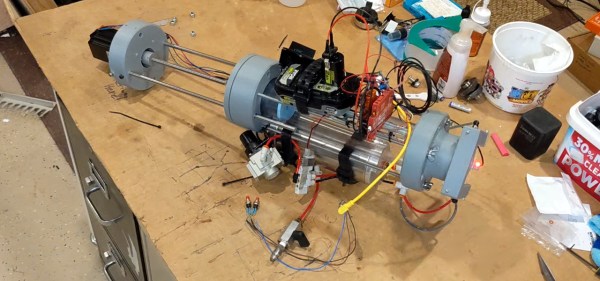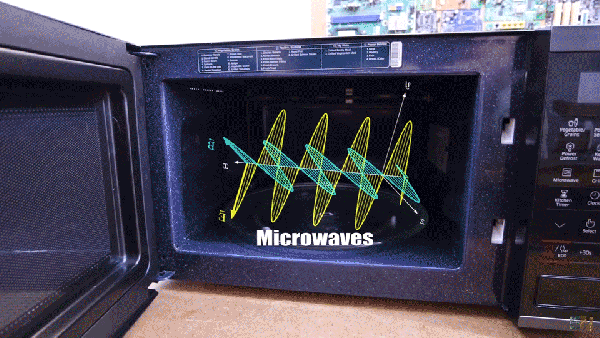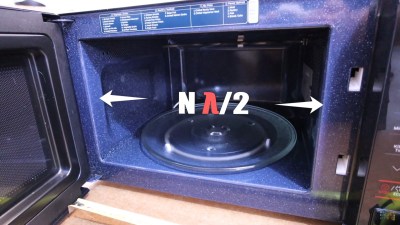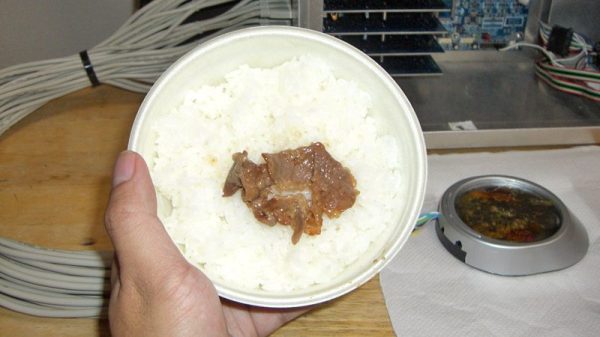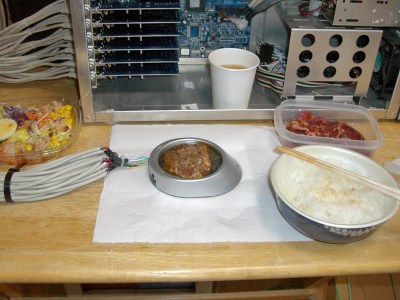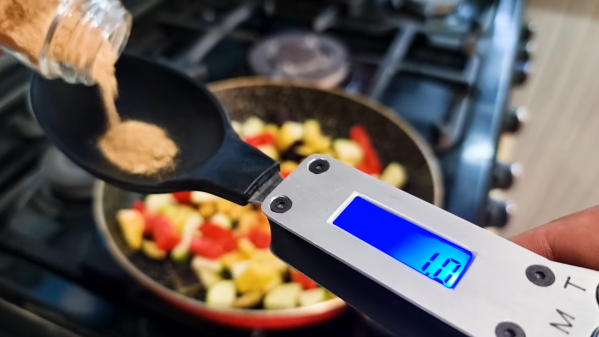Cooking is all about temperature control: too cold isn’t good enough, and too hot can ruin everything. To aid in this regard, [Printerforge] created a smart temperature alarm to keep them aware of exactly what’s going on in the pot.
The device is simple — it uses an Arduino Nano hooked up to a thermistor to measure the temperature of fluid in a pot. The microcontroller displays the current temperature and the target temperature on a simple 16×2 character LCD. Upon the fluid reaching the target temperature, the alarm is sounded, indicating that the cooking has reached a given stage or must otherwise be seen to. The whole build is wrapped up in a simple 3D printed case, along with a lithium-ion cell with charging managed via a TP4056 module.
If you’re regularly letting your pasta overcook or your stews burn in the pot, this kind of tool could be useful for you. Similarly, if you’ve ever wanted to pursue the 64-degree egg, this could be a way to do it. The trick is to make sure you build it safely—ensuring that any parts that come into contact with the food are rated as food safe for your given application.
If this build has you contemplating the possibilities of machine-assisted cooking, you might like to go even further. How about getting involved in the world of sous vide? Meanwhile, if you’ve got any kitchen hacks of your own, don’t hesitate to let us know on the tipsline!



